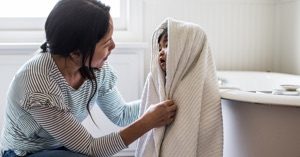7 common summer skin rashes in children
For parents and kids, summer is especially precious. From days spent outside swimming, biking and exploring to summer vacations and camps – families tend to pack a lot of activities into three short months. And, along with scraped knees and sunburned cheeks, summer can bring rashes, bug bites and other skin woes. When your child’s skin is red, bumpy and irritated, you want to do everything you can to help them feel better. We explore seven common summer skin rashes in children and provide tips on how to soothe and treat summer rashes.
Chlorine rash

Come summer, kids and pools are a major thing. But if a day playing at the pool leaves your child’s skin red and irritated – they could be sensitive to chlorine and have a type of contact dermatitis known as chlorine or pool rash.
Skin rashes caused by exposure to chlorine may look like small, raised red bumps. In more severe cases, swollen and painful skin blisters can develop. Chlorine rash tends to worsen from repeated exposure so, if your little one develops this pool-related rash, they should stay out of chlorinated water until the rash completely clears.
With proper care, chlorine rash should clear up in a few days. If your child’s rash worsens, spreads or wont’ go away, get chlorine rash treatment online.
Parent tips: Chlorine rash care
- Wash off – Rinse chlorine from your child’s skin using a mild soap and warm water
- Moisturize – Restore moisture to and repair skin by applying a hypoallergenic lotion
- Calm inflammation – Apply a 1% hydrocortisone cream to affected skin patches
Impetigo
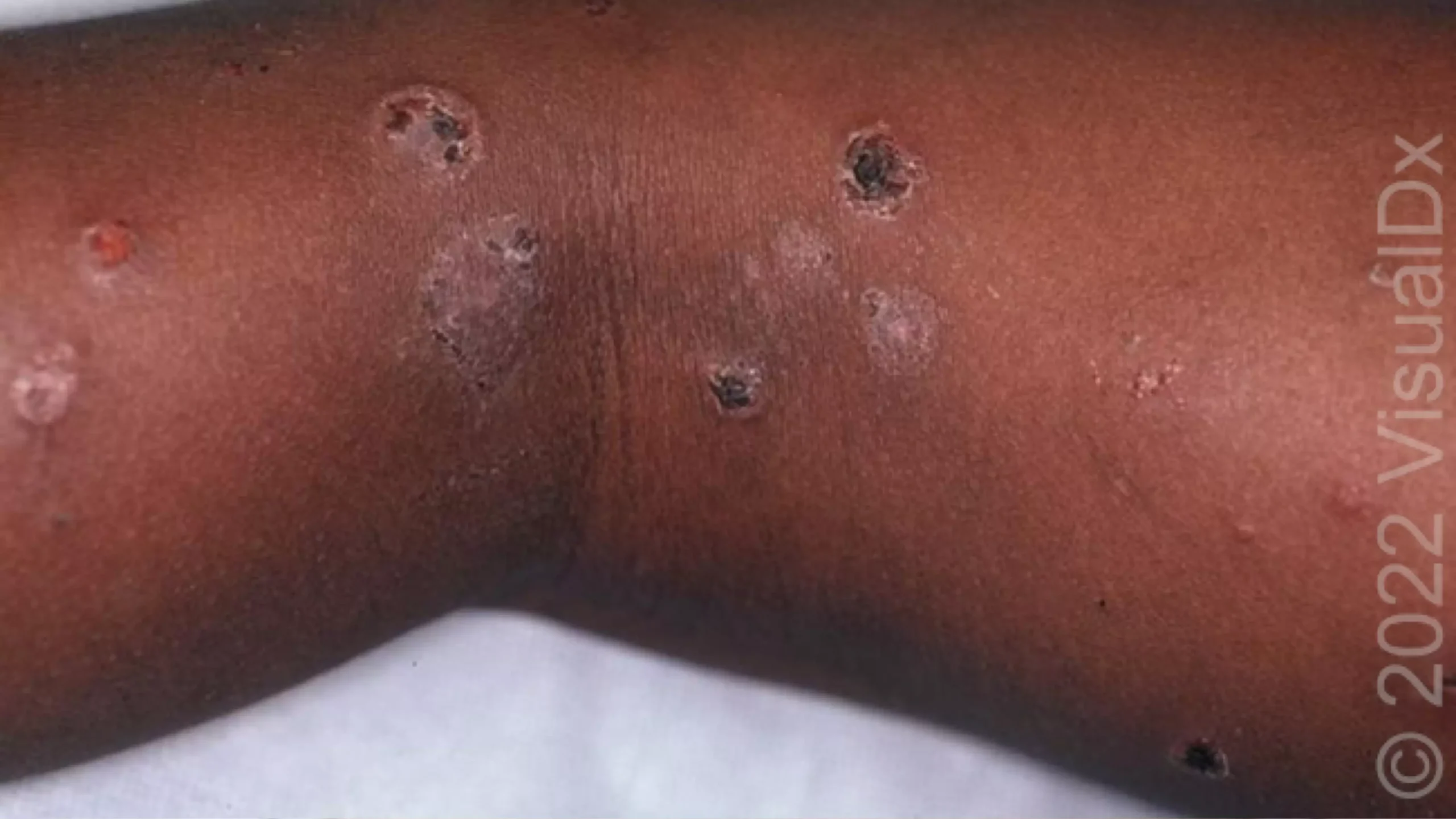
Love summer’s warmth and humidity? So does impetigo – a highly contagious skin infection that’s caused by strep or staph bacteria. Impetigo commonly affects young kids (think ages two to five) and produces red and itchy sores – often located around the nose and mouth – that ooze and crust over.
Because impetigo is bacterial, it’s super contagious and should be treated with a prescription-strength topical or oral antibiotic.
Parent tips: Impetigo care
- Keep it clean – Wash the affected area with antibacterial soap and apply a clean gauze pad
- Soak in solution – Apply a cotton ball soaked in a solution of 1 Tbsp. vinegar to 1 pint water for 20 minutes to crusted-over areas
- Ditch OTC creams – Avoid using over-the-counter antibacterial creams as they won’t work to heal impetigo
Poison ivy and oak
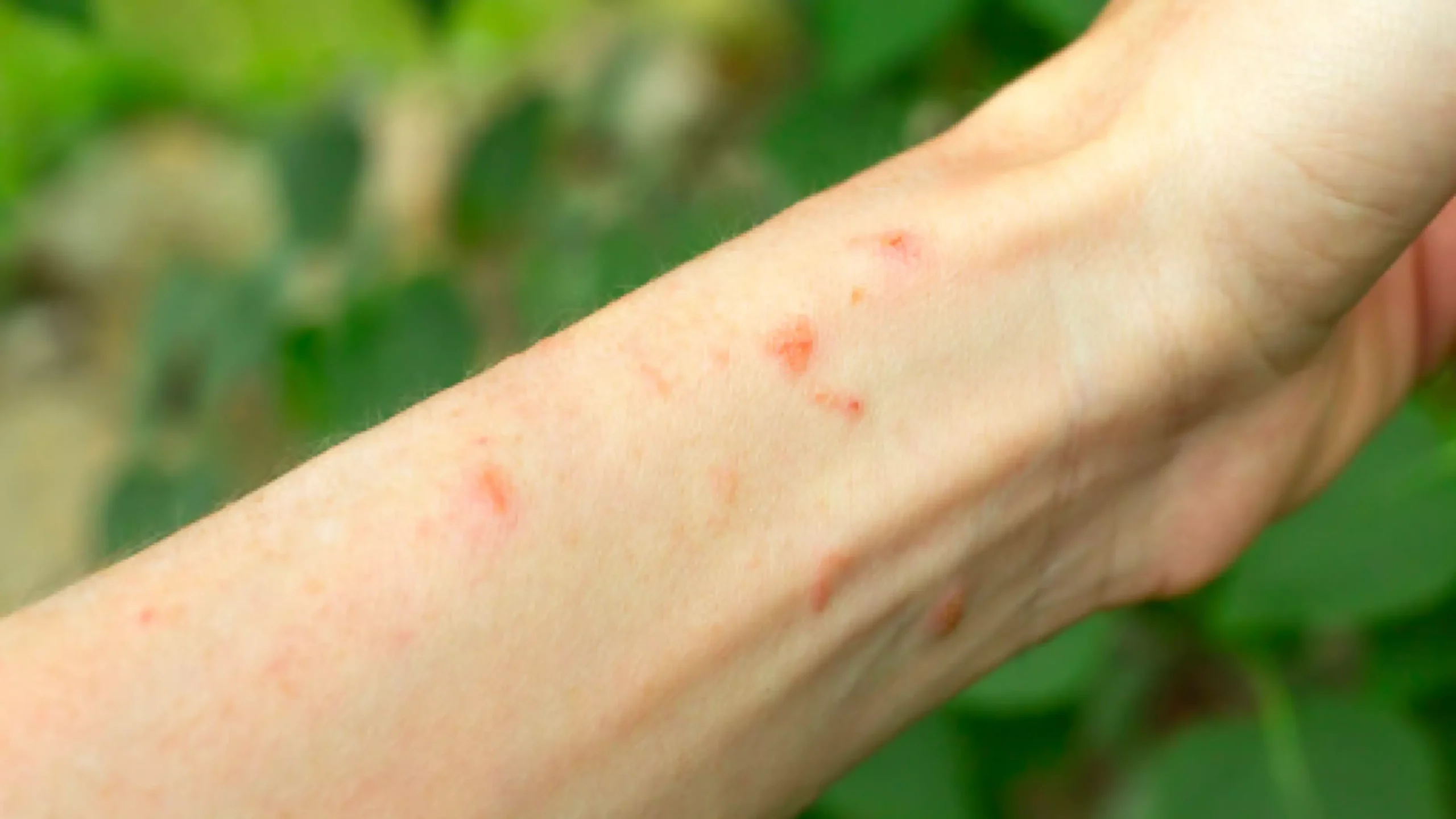
Being outside in nature and around plants is good for kids. But, if that plant ends up being poison ivy or poison oak, things can go south pretty quickly. A run-in with a patch of poison ivy or oak can leave your child’s skin with a burning, itchy and oozing rash.
In addition to washing the affected area(s) as soon as possible to remove plant oils, it’s also a good idea to wash your child’s clothes as oil residue can spread to other areas of the body through contaminated clothing. Thankfully, there are ways to soothe poison ivy and poison oak symptoms.
Parent tips: Poison ivy and oak care
- Cool skin – Calm inflamed skin by taking a cool shower or bath
- Relieve itching – Apply calamine lotion or an over-the-counter topical steroid cream such as 1% hydrocortisone to calm itches
- Wear gloves – Avoid accidental scratching – and possible skin infections – by having your child wear gloves or mittens
Insect bites and stings

Mosquitos, ticks and bees are big fans of summer. And these insects – and their bites and stings – tend to gravitate to kids. When a day at the park leaves your child with swollen and itchy bites or a painful sting, you need to know what steps to take.
The good news is that most insect stings and bug bites – including mosquito and tick bites – don’t require an in-person visit and you can get relief from symptoms with over-the-counter medications.
Parent tips: Insect bite and sting care
- Wash away germs – Use a mild antibacterial soap and warm water to kill bacteria around the bite or sting site
- Chill out – Apply a cold compress to the area to numb pain and reduce swelling
- Tame itchiness – Use a topical anti-itch cream to reduce itching (and scratching!)
Eczema
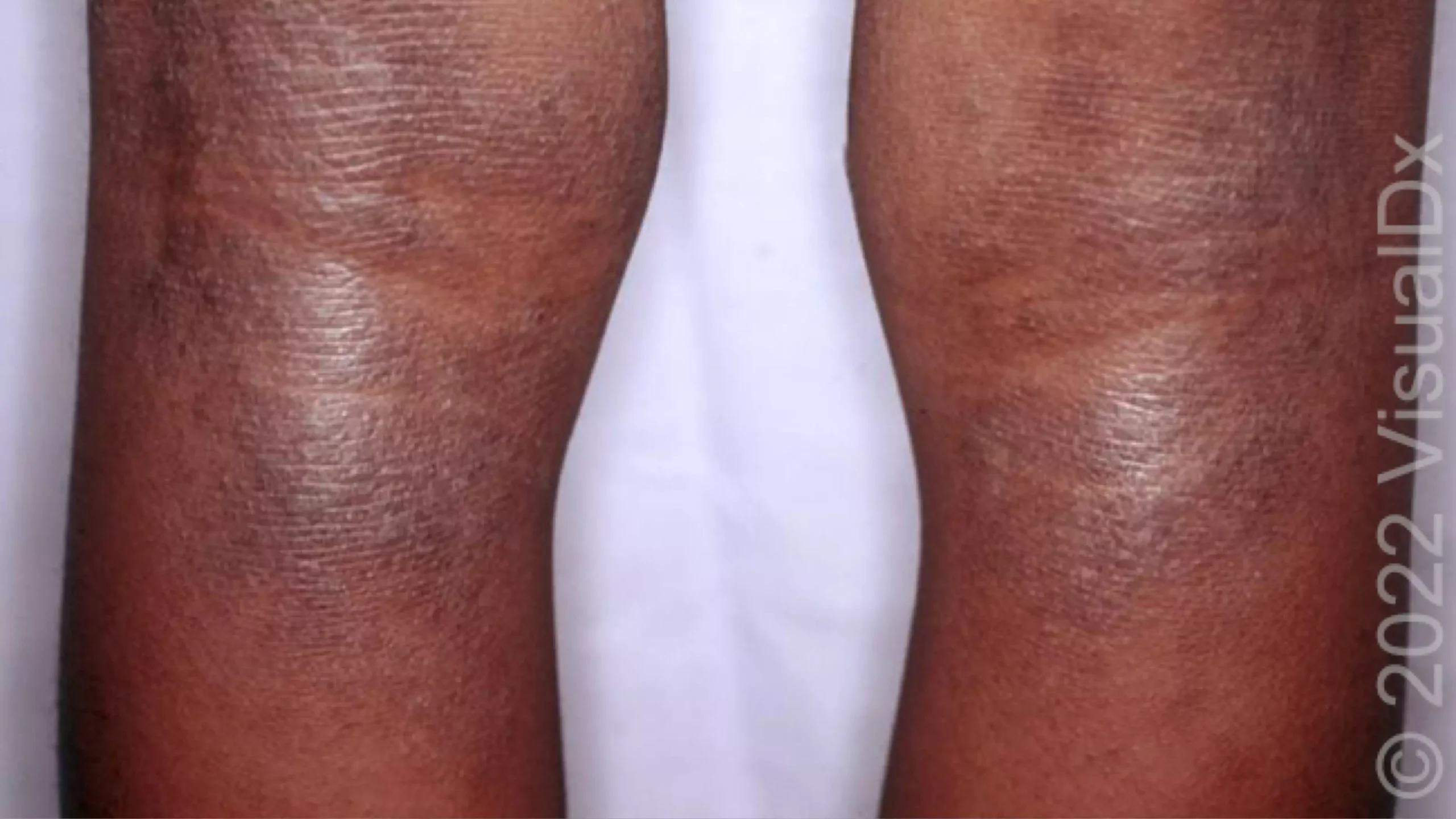
Summer’s hotter temps can trigger eczema flare-ups in kids who have this common skin condition. Add in other potential skin irritants like chlorine from swimming pools and your child’s eczema-prone skin can feel dry, itchy and irritated.
Take steps to calm summer eczema flares with at-home self-care tips.
In cases where a child’s eczema worsens, prescription creams and ointments may be needed.
Parent tips: Eczema care
- Keep clean – Use a gentle hypoallergenic soap to wash affected areas and gently pat dry
- Keep hands busy – Offer distractions or have your child wear gloves to avoid scratching
- Apply ointments – Use a 1% hydrocortisone cream to relieve itching and discomfort
Molluscum
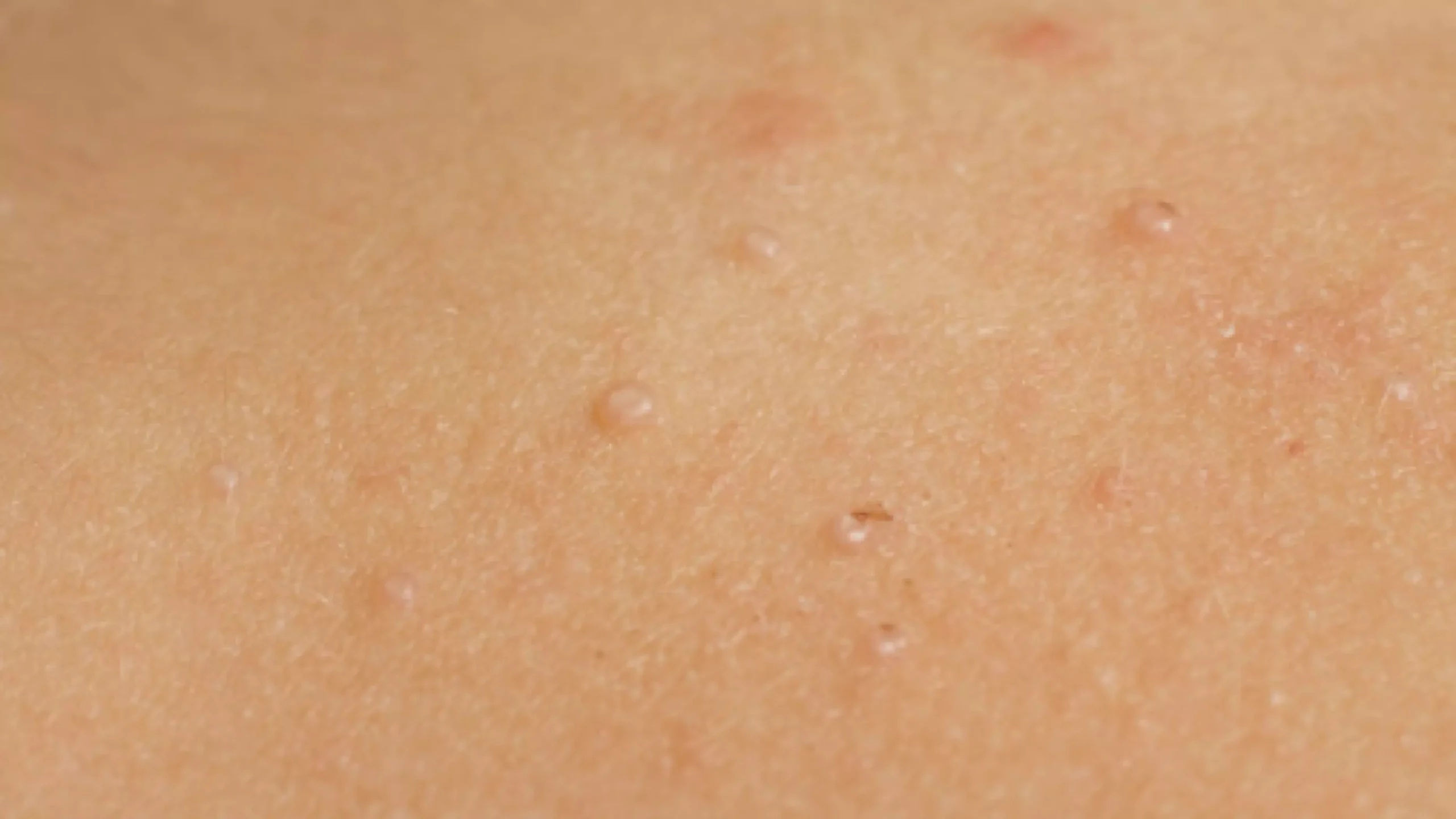
On a hot summer day, there’s no better way for kids to cool off than a dip in a local pool. But, kids can end up sharing more than just splashes and laughs at the pool. They can also pass along viruses like molluscum.
Molluscum can affect the skin on any part of the body and typically appears as small, raised bumps with a pit in the center. This virus is spread through direct physical contact and by sharing items like pool equipment and towels. To help relieve symptoms, get treatment online for molluscum.
Parent tips: Molluscum care
- Don’t share towels – Make sure your child doesn’t share towels with other family members
- Cover up – Cover affected skin with clothing or bandages
- Reduce irritation – Soak in a lukewarm colloidal oatmeal bath to help soothe skin
Hand, food and mouth disease

While summer tends to provide a reprieve from colds and the flu, other viruses are more prevalent. This includes the virus that causes hand, foot and mouth disease which tends to spread like wildfire in daycares.
As the name suggests – hand, foot and mouth disease typically shows up as sores on and in these same areas of the body. Your child may also have a fever, sore throat and other cold-like symptoms.
Parent tips: Hand, foot and mouth disease care
- Cover mouth – The virus that causes hand, foot and mouth disease can be spread through sneezes and coughs
- Pump up humidity – Relieve stuffy noses and congestion by running a humidifier in your child’s room
- Cool fevers – Take acetaminophen to reduce fevers and ease discomfort
Say goodbye to summer skin rashes
Summer is fleeting. Make sure you and your kids fully enjoy all summer has to offer. Get treatment for skin rashes from the comfort of home at our online clinic.
Share this post
Do you know someone who could use a simple & affordable healthcare option?
